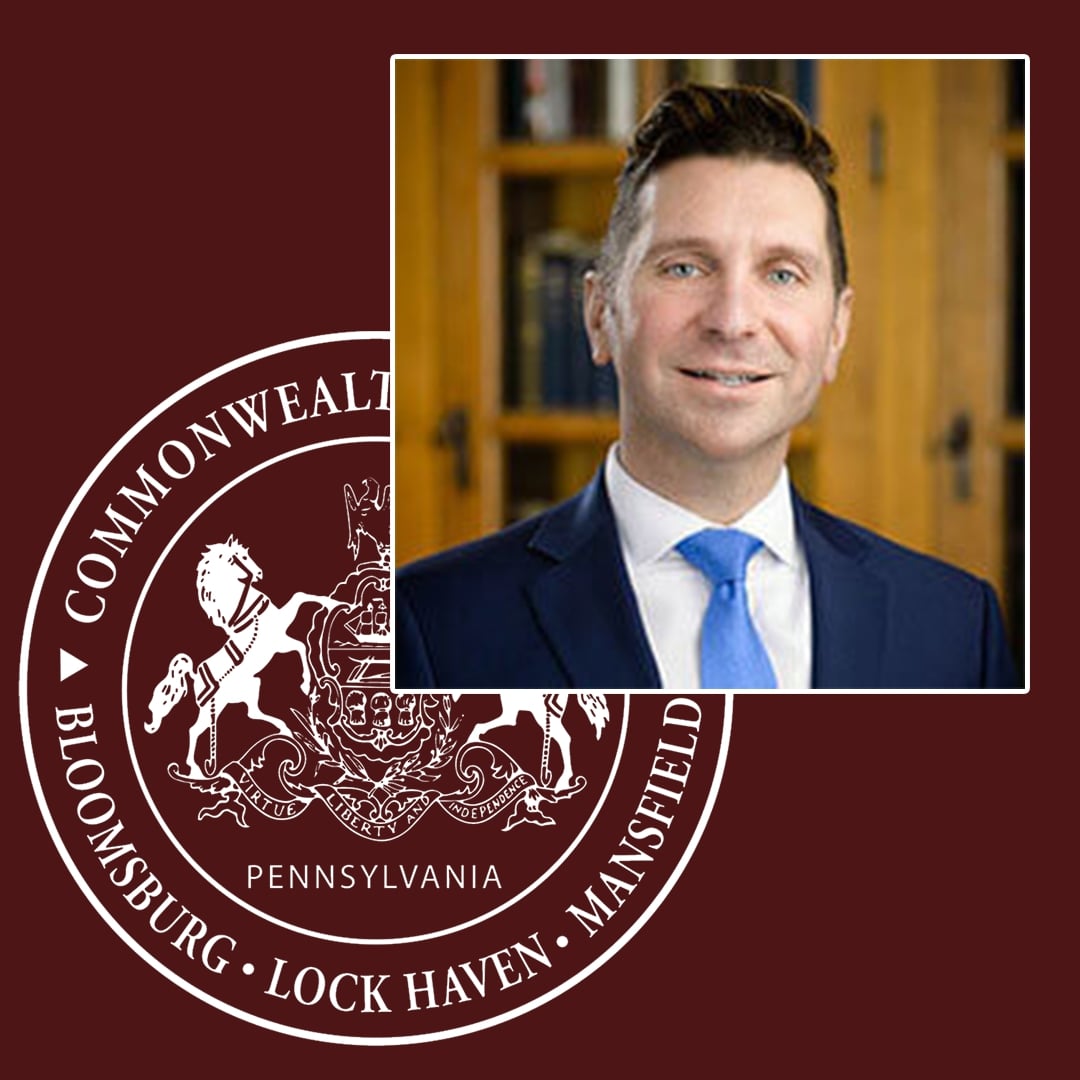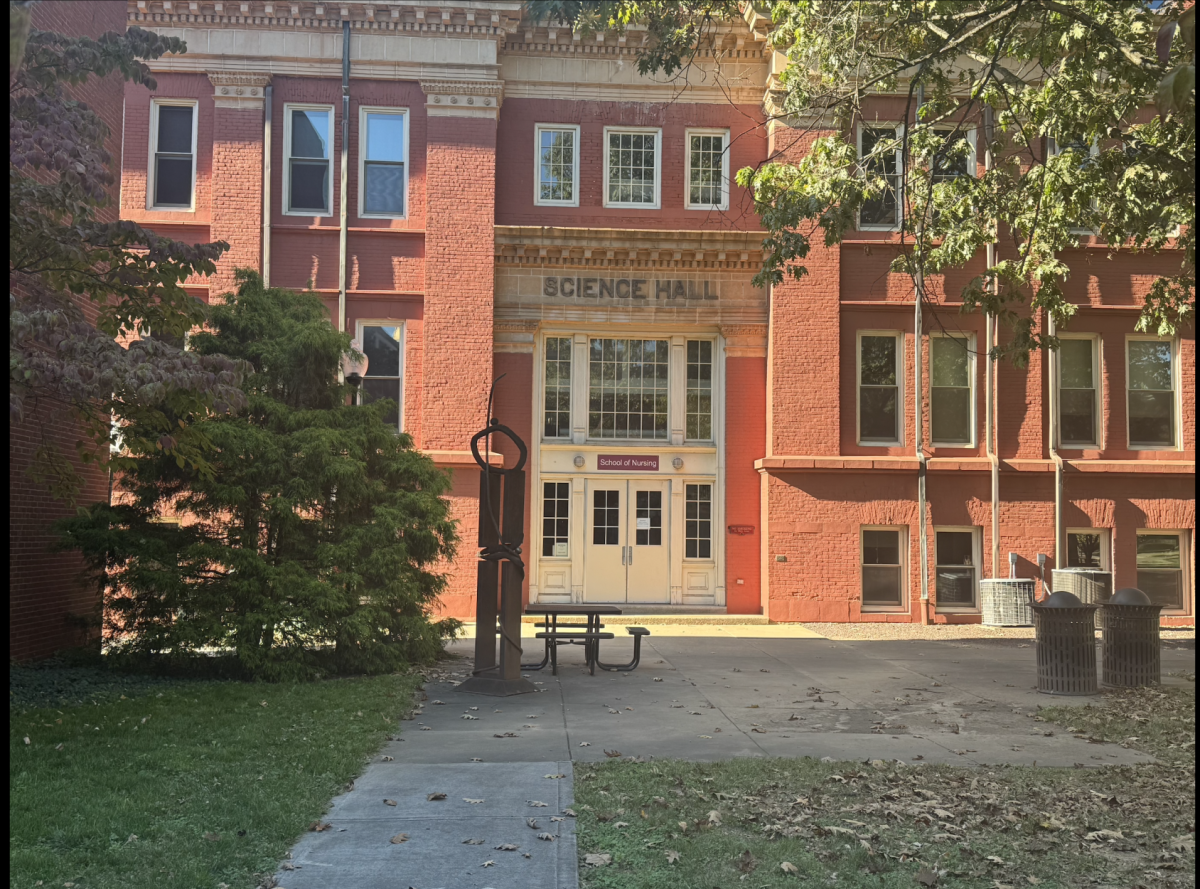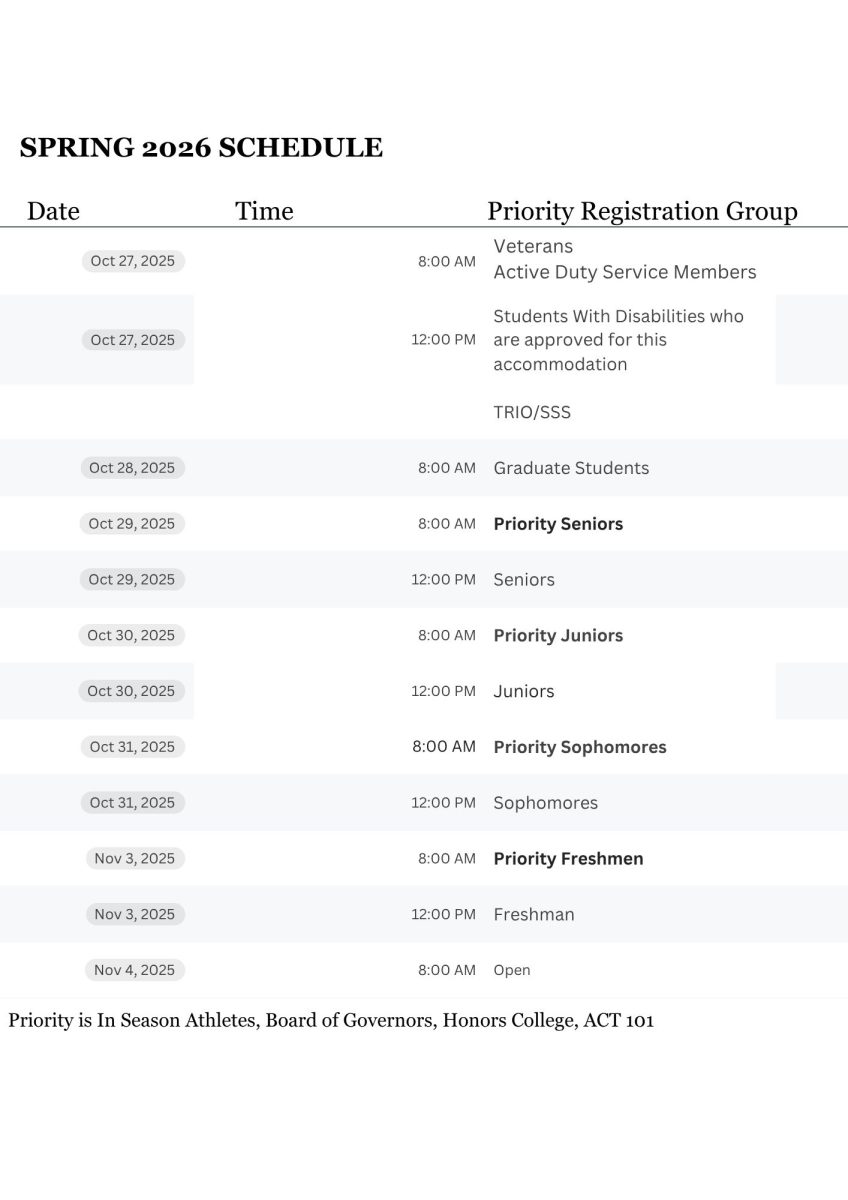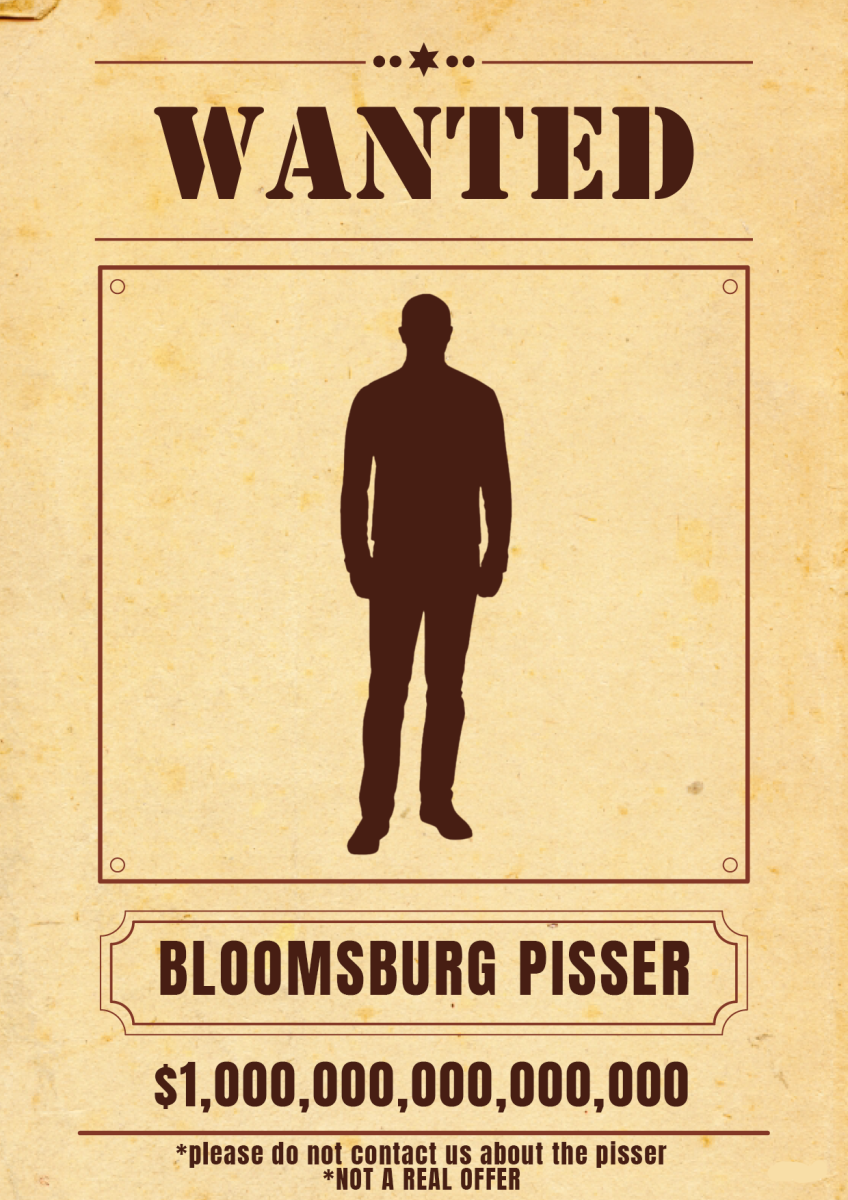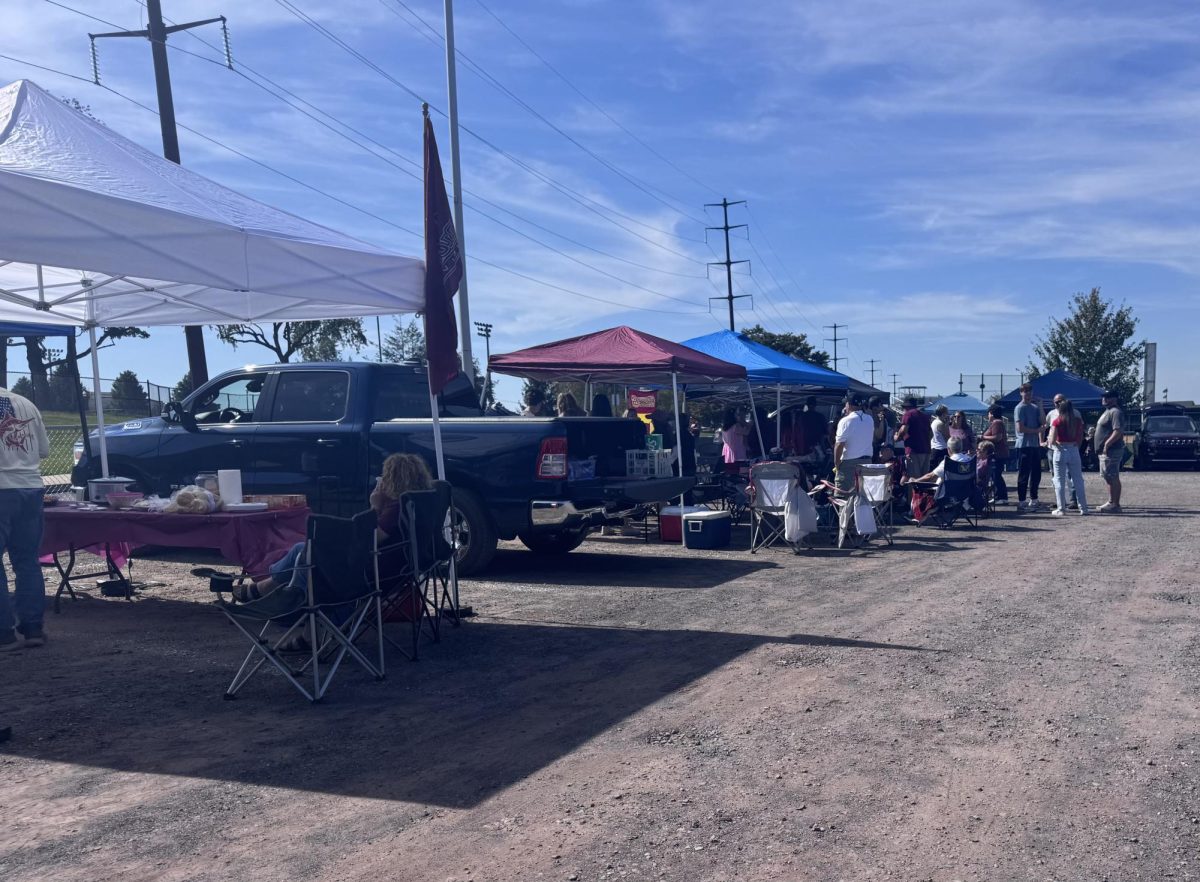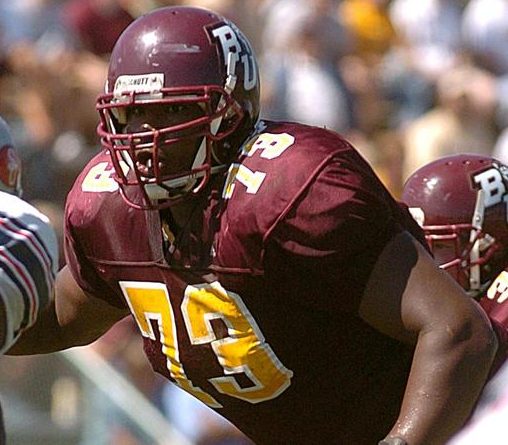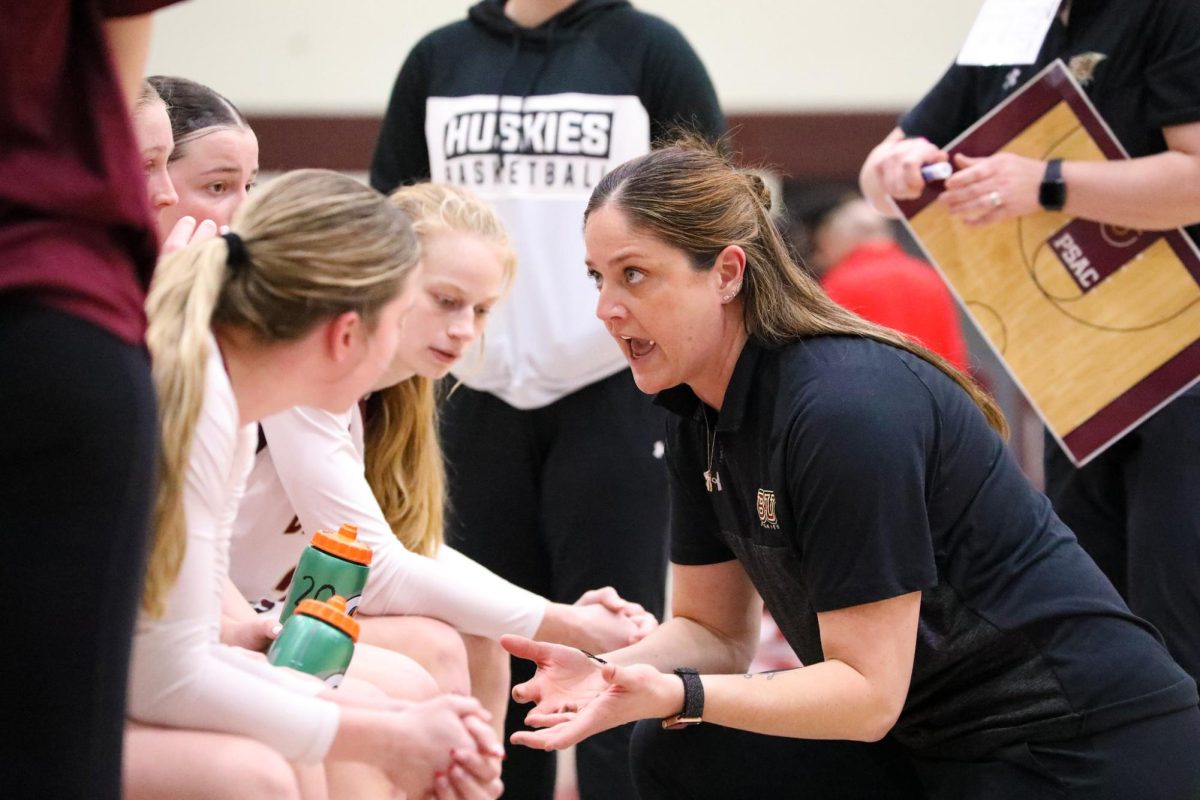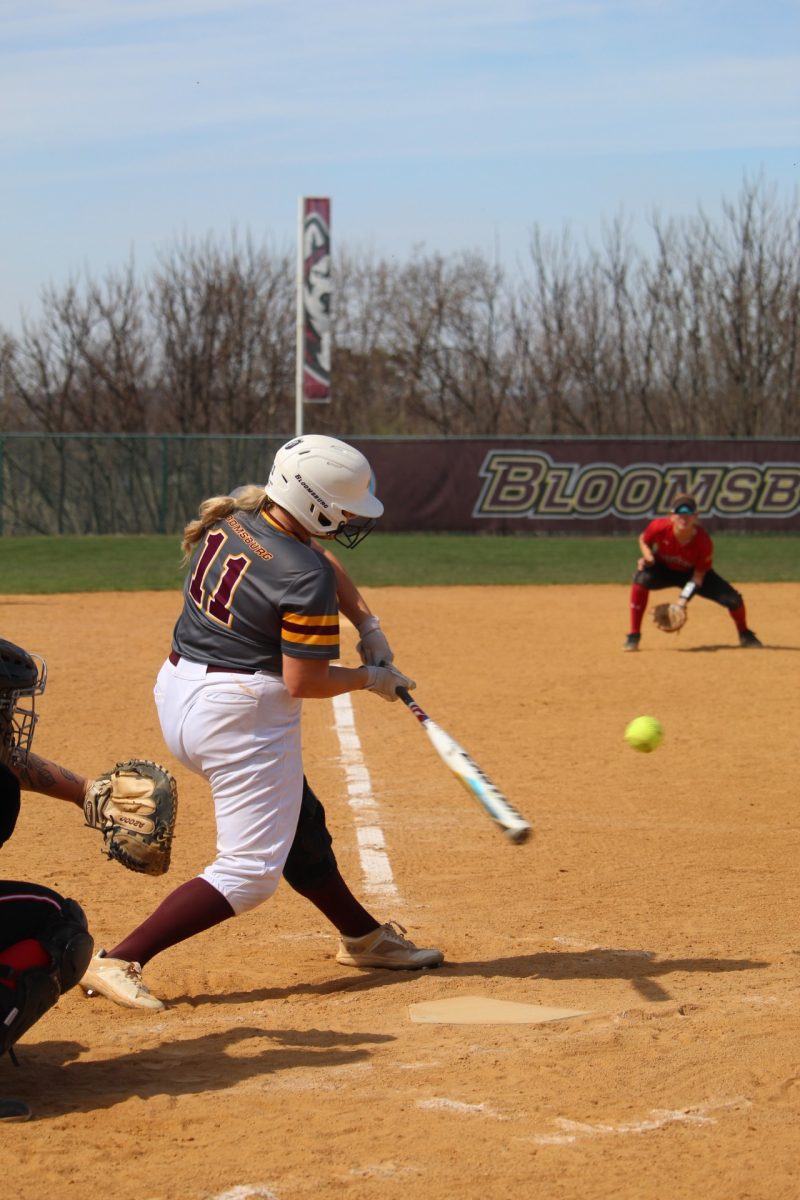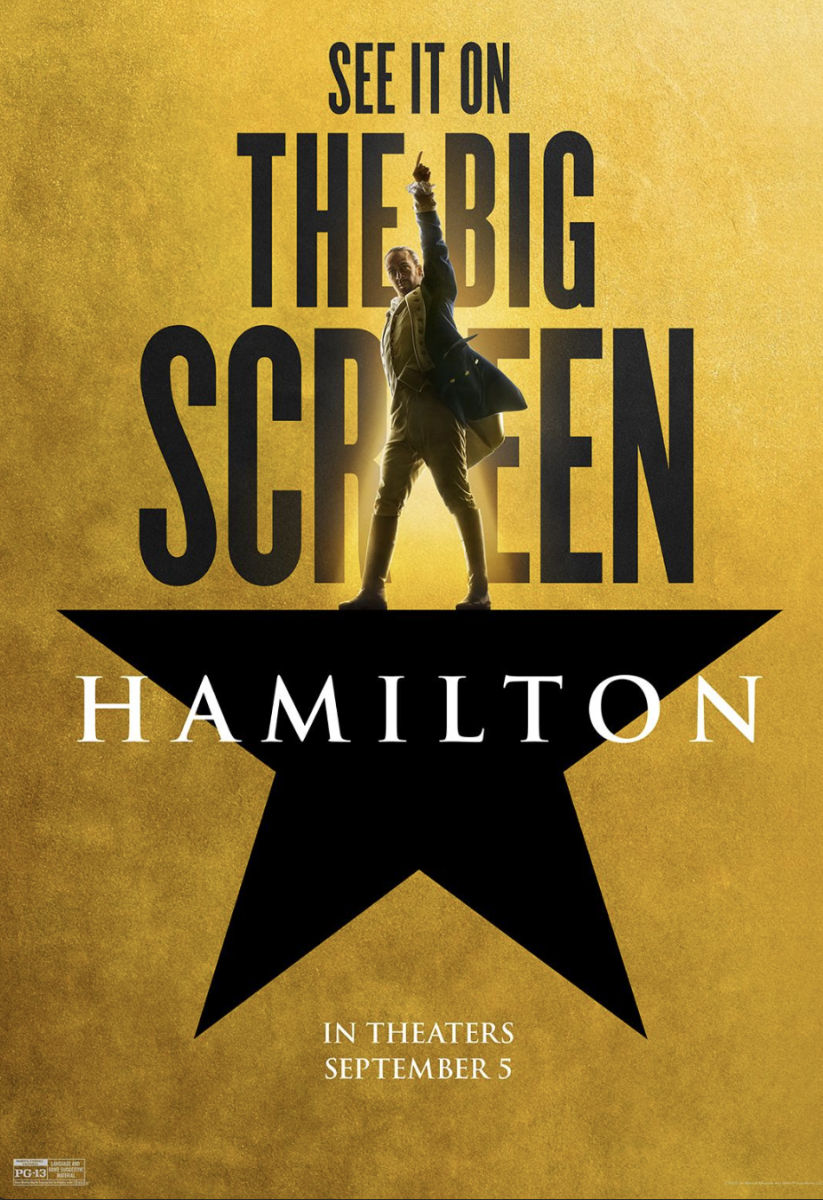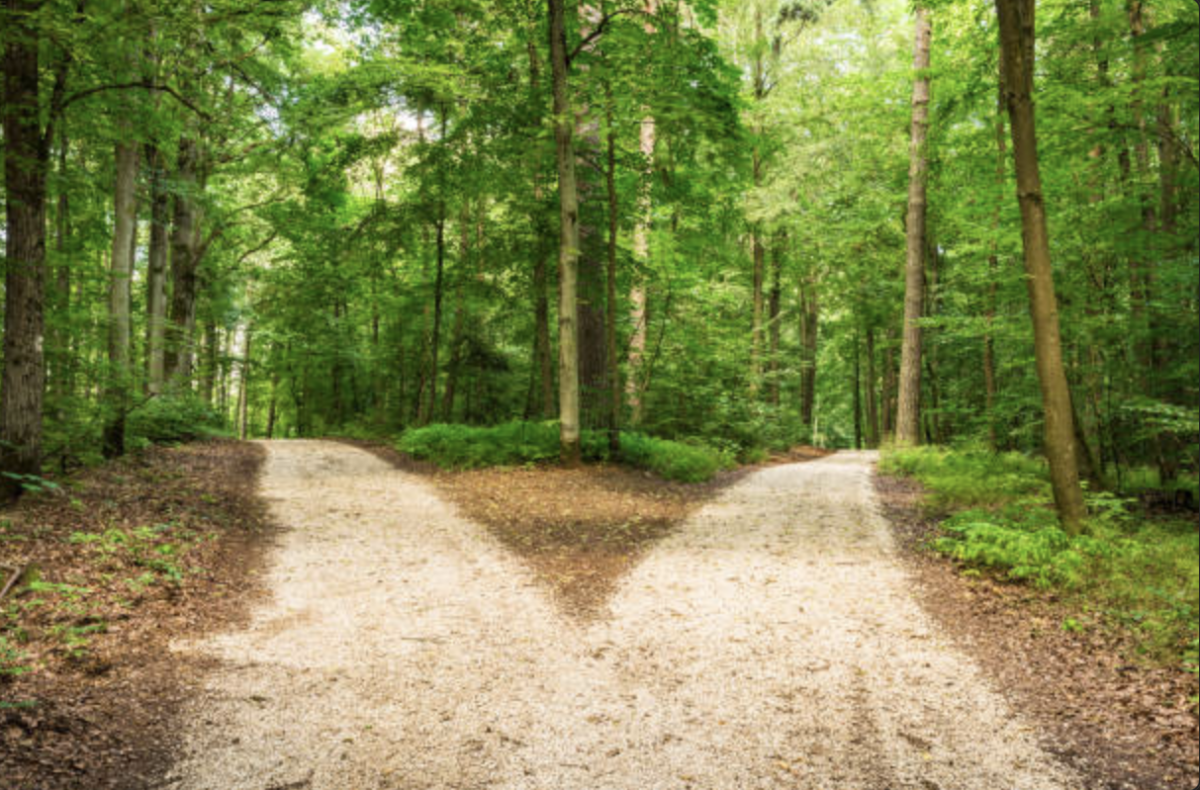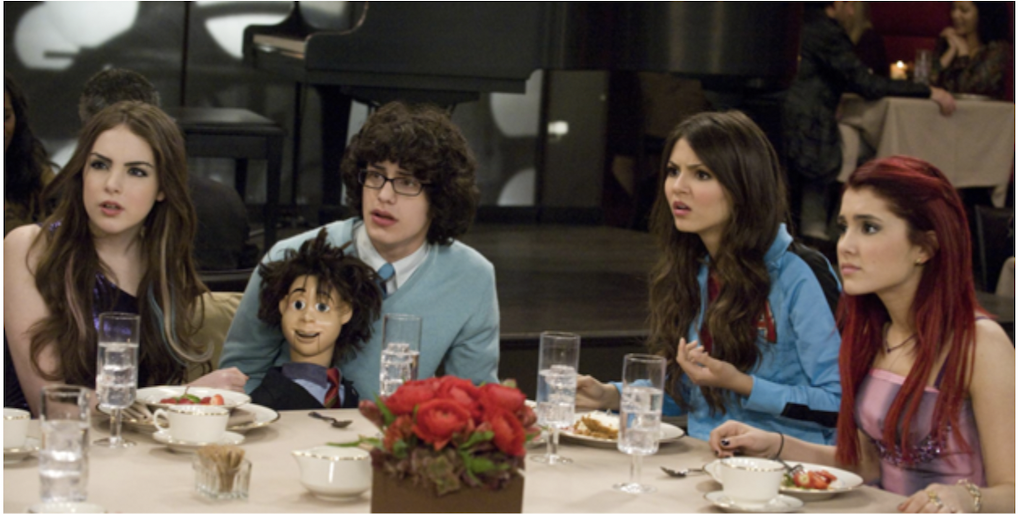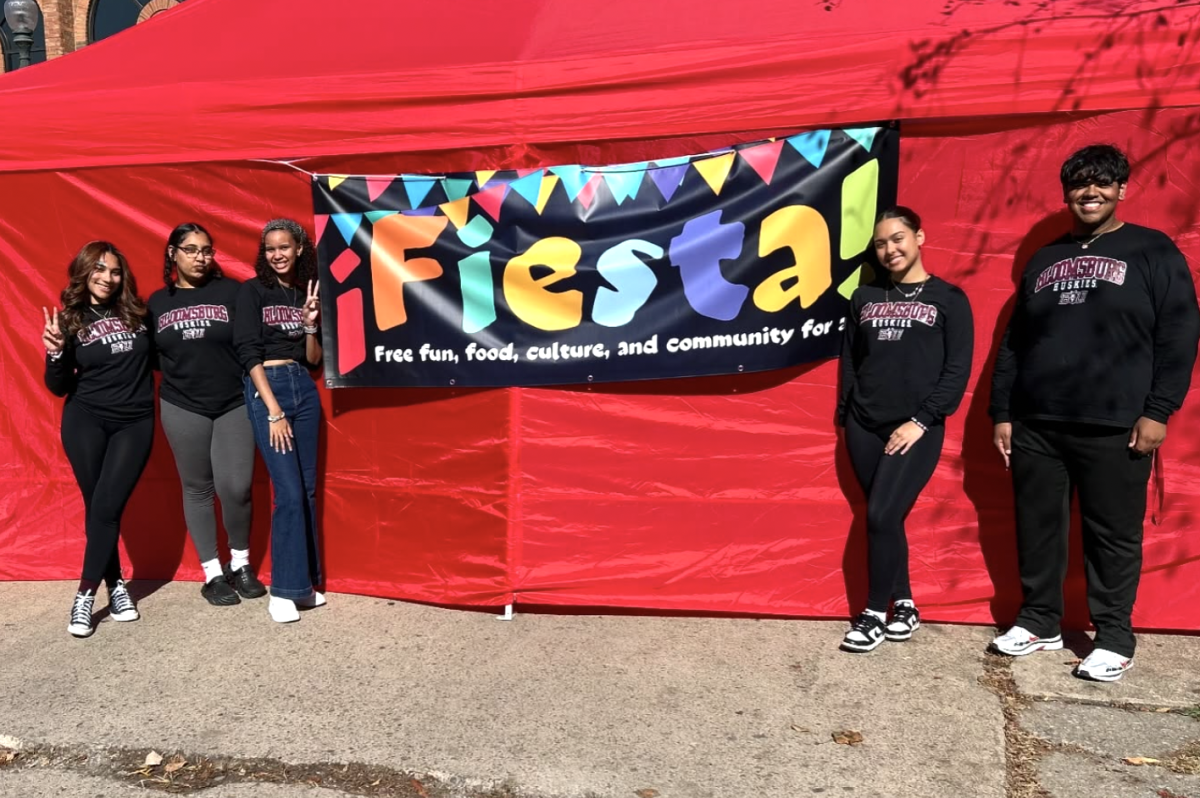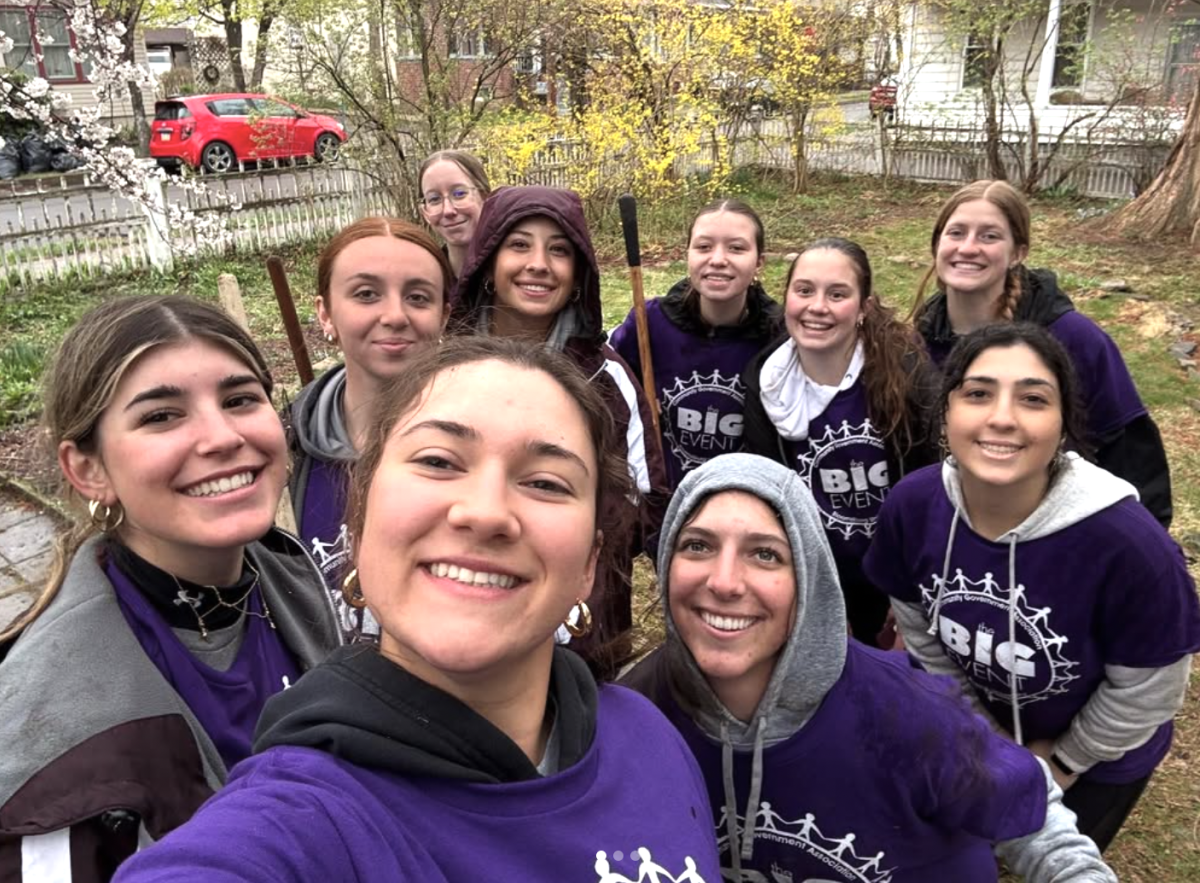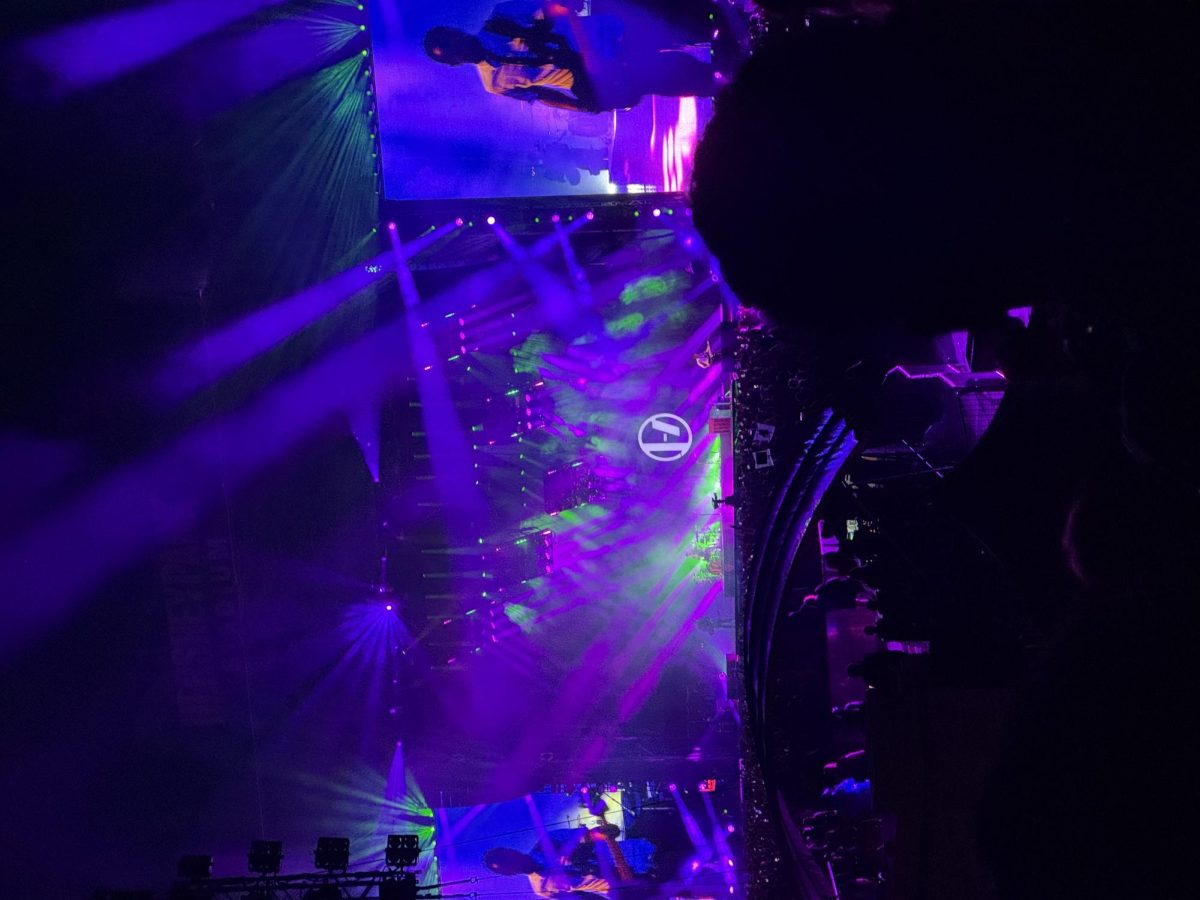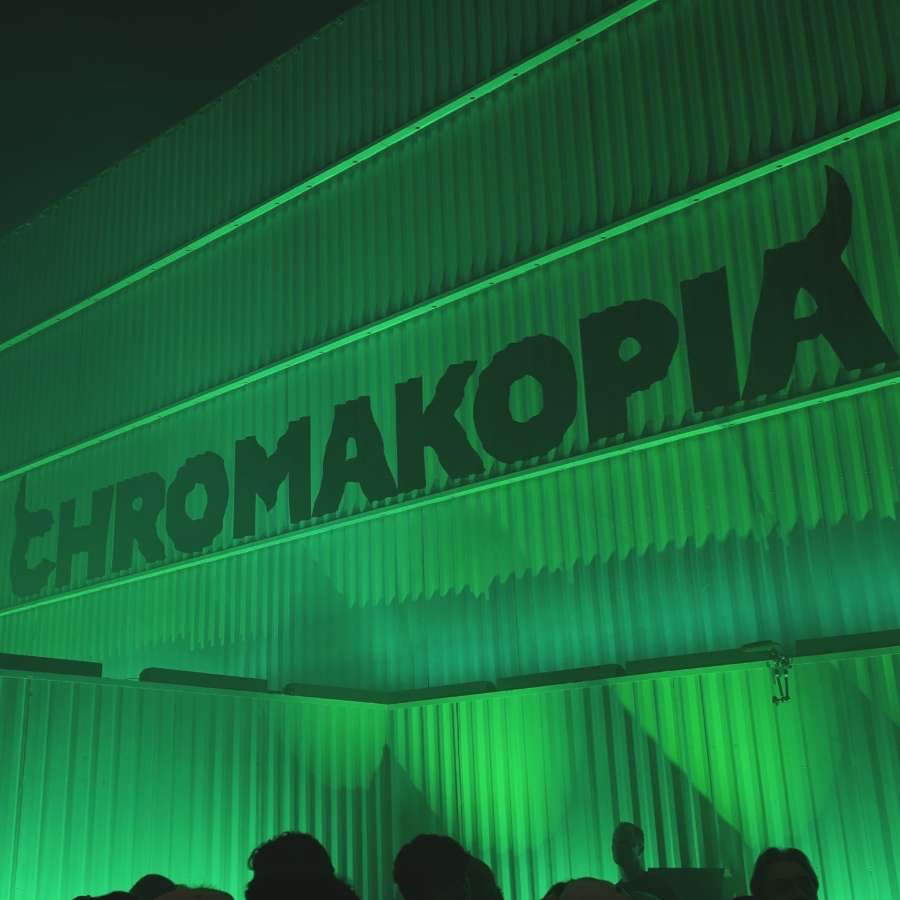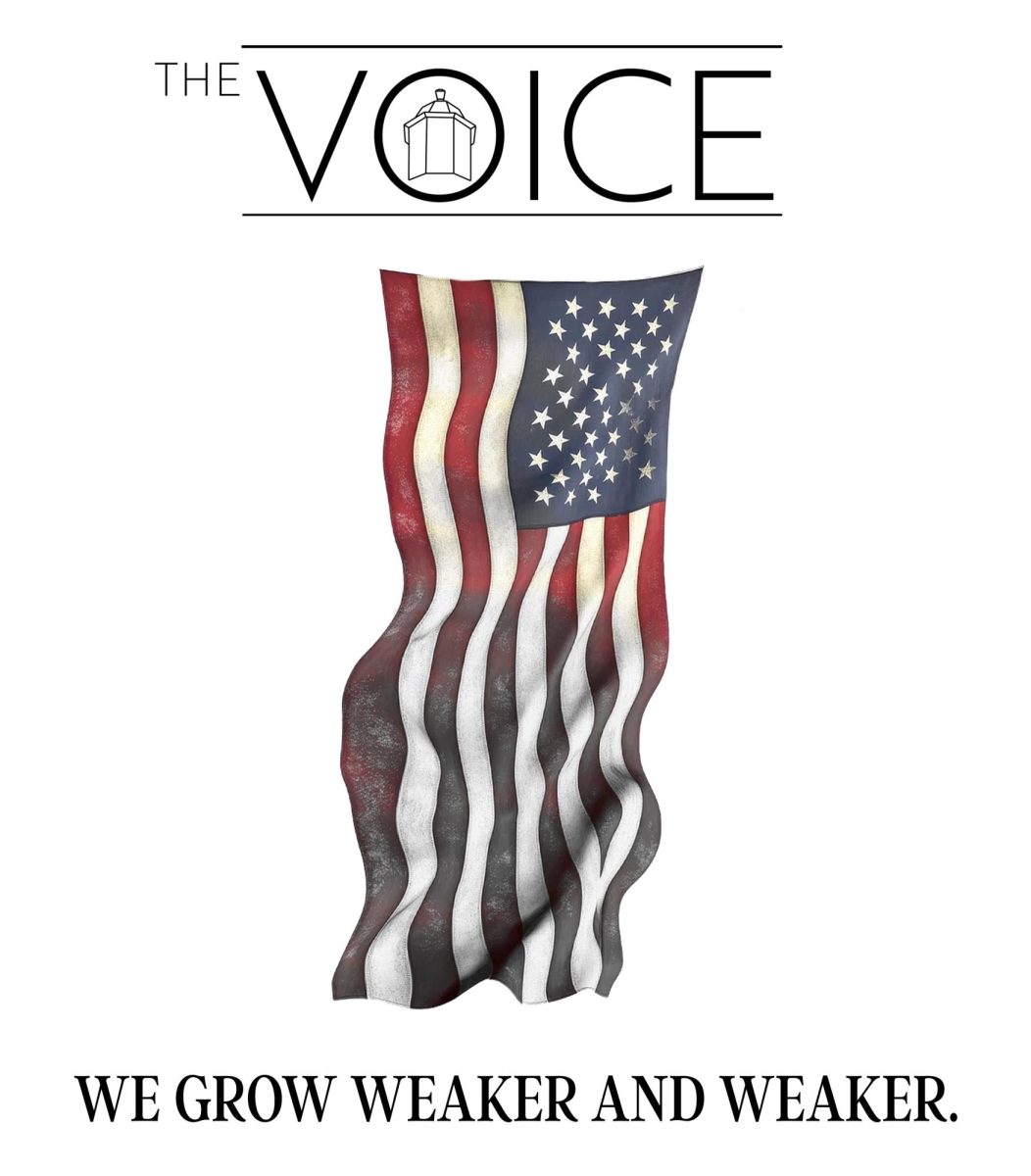Coachella has long been seen as the pinnacle of American music festivals. But after 26 years, what are we actually celebrating? Rising costs, shrinking authenticity, and a growing disconnect between the stage and the crowd have left many fans feeling uneasy.
Festivals were meant to unite people through music. Now, they divide us by price tags and VIP wristbands. When we think of music festivals, most people jump straight to Woodstock. While Woodstock did help define the modern music festival, it wasn’t the beginning.
The roots of live music gatherings stretch back centuries, all the way to Ancient Greece, where crowds gathered at the Pythian Games in 582 BC. It wasn’t all-day raves or overpriced food trucks, but it was music, ritual, and shared experience. People came together to celebrate something bigger than themselves.
Fast forward to the 20th century, and you see the blueprint for modern festivals begin to form. The Newport Folk Festival and Monterey Pop Festival laid the groundwork where community, counterculture, and collective joy took center stage. Then came Woodstock in 1969, reshaping the idea of what music festivals were.
Music festivals have always been about bringing people together. That’s what made them special. They created a space where people from all walks of life could come together, listen to the same music and feel like they belonged. But that only works if people can afford to be there.
Festivals used to be a weekend escape that felt possible a road trip with friends, a tent in a field, and a few days of freedom that didn’t require a savings account. But as ticket prices skyrocket, festivals have slowly become luxury experiences. When that happens, we lose what made these spaces powerful in the first place. The diversity, spontaneity, and energy that comes from throwing a bunch of different people into the same space with nothing in common but a love for music.
Affordability isn’t just a money issue but a cultural one. If only the wealthy can afford to attend, then festivals stop being a reflection of the people and start becoming a showcase for the few. Keeping festivals affordable means keeping them real.
As more and more people race to get tickets to some of the most anticipated musical festivals like Coachella, Bonnaroo, Lollapalooza, etc. the crowds have grown immensely. While this may seem good too keep these festivals going, it also makes it harder for people to get in, despite the rising cost of tickets and passes.

At Coachella, a General Admission pass in 2025 costs around $650 not including fees. There is no guaranteed shade, no seating, no perks—just the privilege of standing in the desert heat with tens of thousands of other people, many of whom have paid double or triple for VIP access. And once you’re inside, everything costs extra: $12 for water, $25 for food, $50 to stash your stuff in a locker. The so-called “lowest” tier isn’t actually affordable, and it certainly isn’t equitable. What was once the standard festival experience is now treated like the bare minimum, while everything else is locked behind premium price tags.
Today’s music festivals operate more like miniature class systems than communal gatherings. The rise of multi-tiered ticketing: GA, GA+, VIP, VIP+, Artist Pass, and even “ultra-exclusive experiences” has carved the crowd into layers of access. At Coachella, higher-tier passes come with air-conditioned lounges, private bathrooms, curated food courts, shorter entry lines, and shaded viewing areas while everyone in GA bakes in the sun. Instead of leveling the playing field through music, festivals now replicate the same inequalities that people attend them to escape. The more you pay, the more human you get to feel.
Music festivals were never meant to be luxury playgrounds for the elite they were built on the idea of shared experience, collective joy, and accessibility. When we strip away the exclusivity, the overpriced wristbands, and the influencer photo ops, what’s left should be the music and the people who came for it. It’s time to demand more from these events. Remember that real music culture isn’t found behind a velvet rope, it’s out in the crowd, where anyone can dance.

